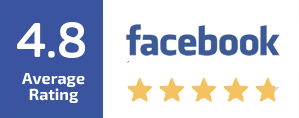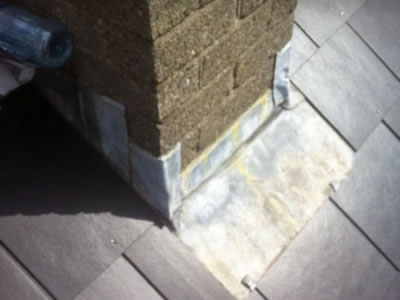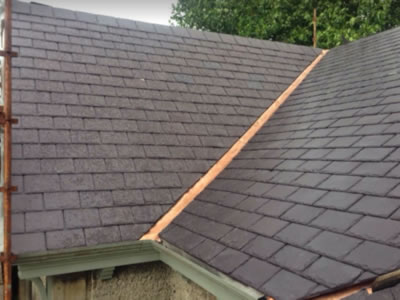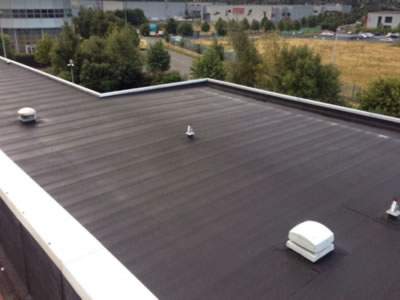


Types Of Gable Roofs
The roof of a house plays an incredibly important role – not only as a form of protection to the interior but also as a temperature regulator and a provider of additional space. A roof also plays an integral part in the overall appearance and style of a building. There are two major types and they are a gable roof and a hip roof.
Pitched roofs, more commonly referred to as gable roofs, are instantly recognizable as it is the most popular and commonly used roof types throughout Ireland. Gable roofs have a traditional triangular shape that consists of two roof planes that have the same size and that meet at a ridge.
Although gable roofs typically have a simple shape, it allows the entire structure to meet important design and architectural requirements. This type of roofing can also be used in combination with any materials, including concrete tiles, asphalt shingles, or cedar shakes.
If you are in the process of building a new house or replacing your roof, chances are that you won’t go wrong with a gable roof. Keep reading to learn more about the different types as well the benefits and potential drawbacks of this type of roofing.
Side Gable
A side gable is the most basic type of gable roof. This type consists of roof panels of equal size that meets one another at an angle to form a ridge. The two roof panels that join each other at the top form a triangular section on the side.
Crossed Gable
A crossed gable roof is two side gable roof sections that are joined at a 90-degree angle. It is important to note that the two perpendicular sections should be the same in terms of height and pitch. The length between the lower ends of the roof panels should also be the same.
Front Gable
This is a shorter gable roof section at the entrance of a house. This type of gable roof works well in combination with a patio, steps, or other entrance features. A front gable doesn’t have to be the same height as the house’s other gables, but the pitch should be the same.
Dutch Gable Roof
This type of gable roof is a roof with a small gable on top of a hip roof. This type of roof has all the benefits of both a hip and gable roof, for example, attic space. It also adds some aesthetic interest to the roof.
Recently Finished Projects

Tile & Flashing Repairs

Slate Re-Roof & Copper Valleys

Commercial Re-Roofing
Real Customer Reviews, Typos & All ;- )



Pros And Cons Of Gable Roofing
Pros
One of the biggest benefits of a gable roof is its simple design, which allows for easy and affordable construction.
Since gable roofs have been around for some time, it has been fully developed in terms of build and design.
Gable roofs also offer more available space underneath the surface material than, say, a hip roof.
Many people use this space as a loft or for additional storage.
This type of roof also makes ventilation possible, which is critical for having clean and fresh air in your home.
Another positive aspect about gable roofs is their ability to deal with precipitation.
If you live in areas with a high occurrence of snow or rain, a gable roof may just be your best option.
Cons
Wind is a gable roof’s biggest enemy.
This type of roof is not the best choice in areas that are prone to hurricanes.
Since these roofs typically have a high pitch, they are more susceptible to wind damage, for example, materials that peel away from the frames.
If you have a gable roof and live in a high wind area, make sure that your overhang is not too long and that you make use of high-quality braces.
Also, get a reputable roof construction company to perform regular inspections to minimise damage.
Call Us to Get Your 100% Free Quote
We’d love to call out and give you a free, no-obligation quote at any time that works for you, day or night. Call 1800 911 007 For Your Free Quote


Or Let Us Call You



Affiliations and Awards






